- JAPANESE
- LANGUAGE
X
 THAT IS GOOD
THAT IS GOOD
In my previous article, I wrote about the Kumano Kodo and why we should go out now, but now it’s time to tell you about the ancient road.
Take the bus that leaves from Kii-Tanabe Station and get off at Takijiri.
After getting off the bus, we started walking from the Takijiri Oji shrine. This is the border between this world and the land of Hades, where the gods of Kumano are holed up, and was a key point for people traveling along the ancient path. The area from Takijiri to the end of the path is considered to be the sacred area of Kumano, and nowadays it is common to start from here.
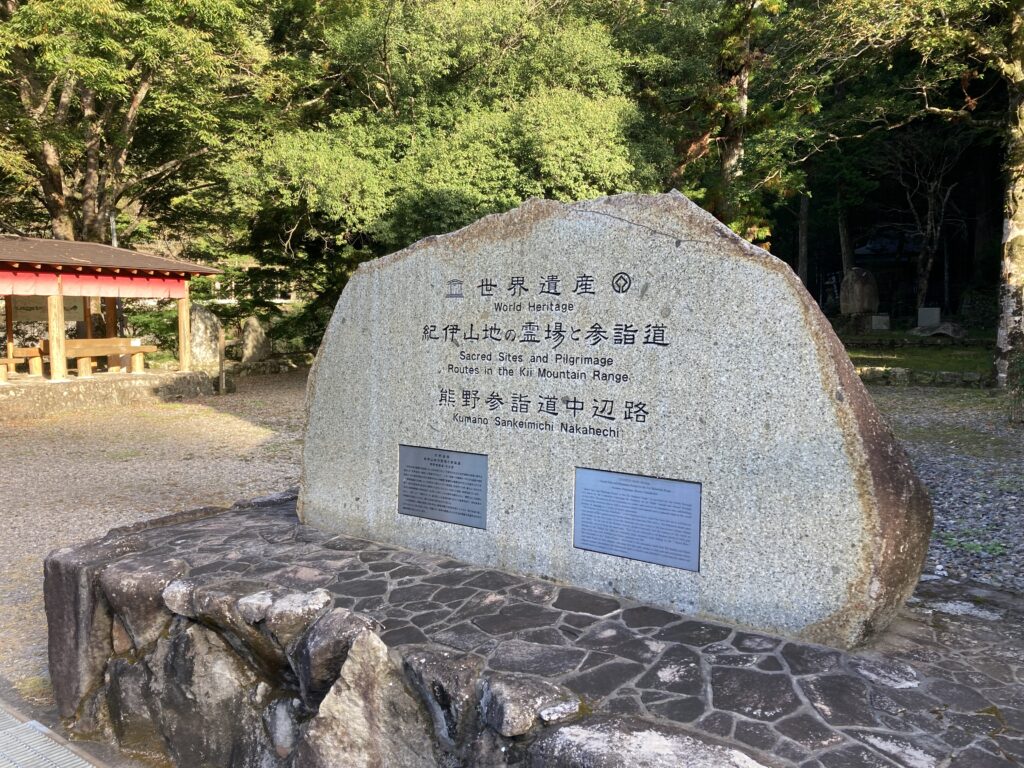
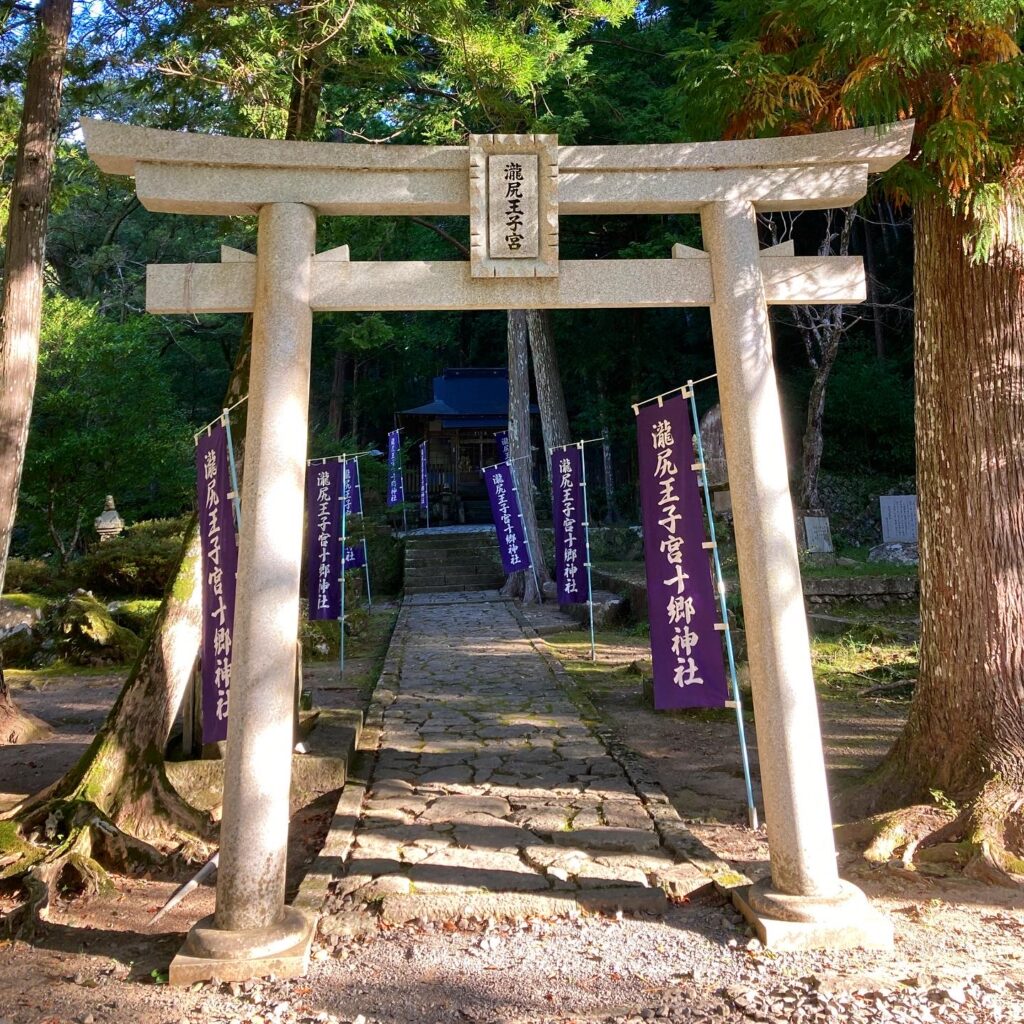
Our destination for the day was Chikatsuyu, a village about 13 kilometers down the mountain road, which used to be a popular lodging place for Kumano pilgrims.
After paying a visit to Takijiri-oji shrine to pray for the safety of our journey, we finally entered the old road.
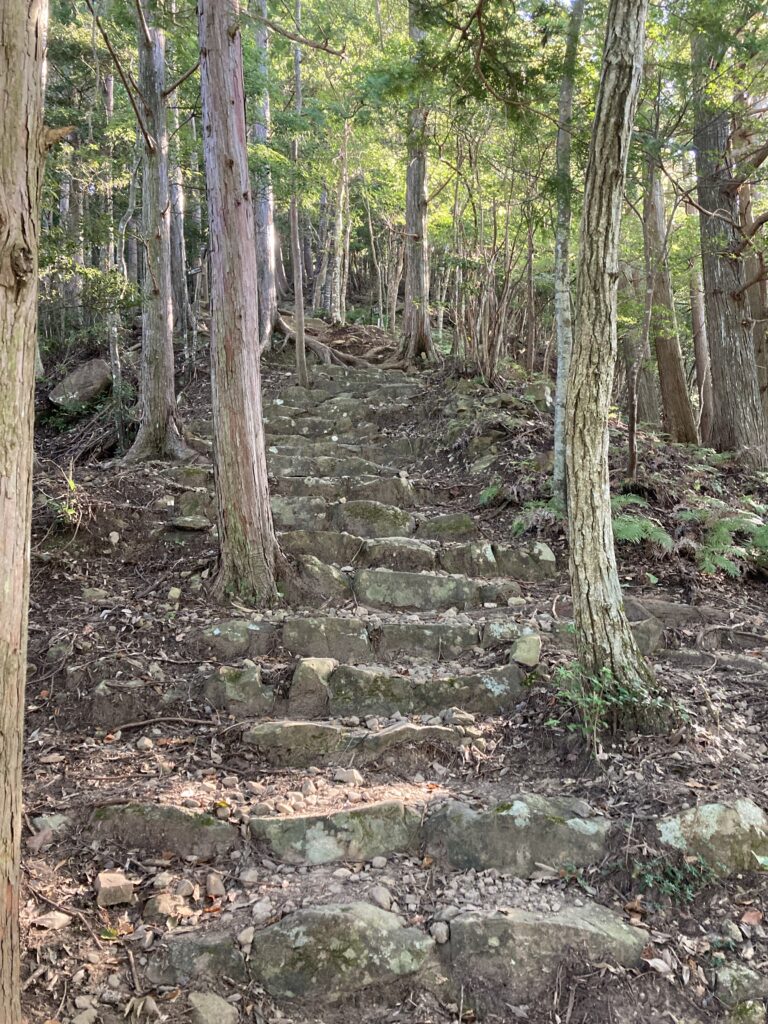
At first, it was quite a climb.
It was so steep that Munetada Fujiwara, a nobleman who made a pilgrimage to Kumano about 900 years ago, wrote “this slope is as steep as the palm of a hand”.
Along the way, there is a legend that when Fujiwara no Hidehira of Hiraizumi, Oshu, and his wife went to Kumano to thank the gods for the chance to have a child, the wife gave birth to a baby here, and as the gods told her, she left the baby under a rock and went to the main shrine. During the journey, the baby drank milk dripping from this large rock, was protected by the wolf of the mountain, and had grown up well before the parents returned from their pilgrimage. This is where the “Chichi Iwa (Milk Rock)” is located, and next to it, there is the “Tainai Kuguri Iwa (Womb Passing Rock),” which many people still visit to pray for a safe delivery.

There are still stone monuments showing the old small shrine and many other things to see.
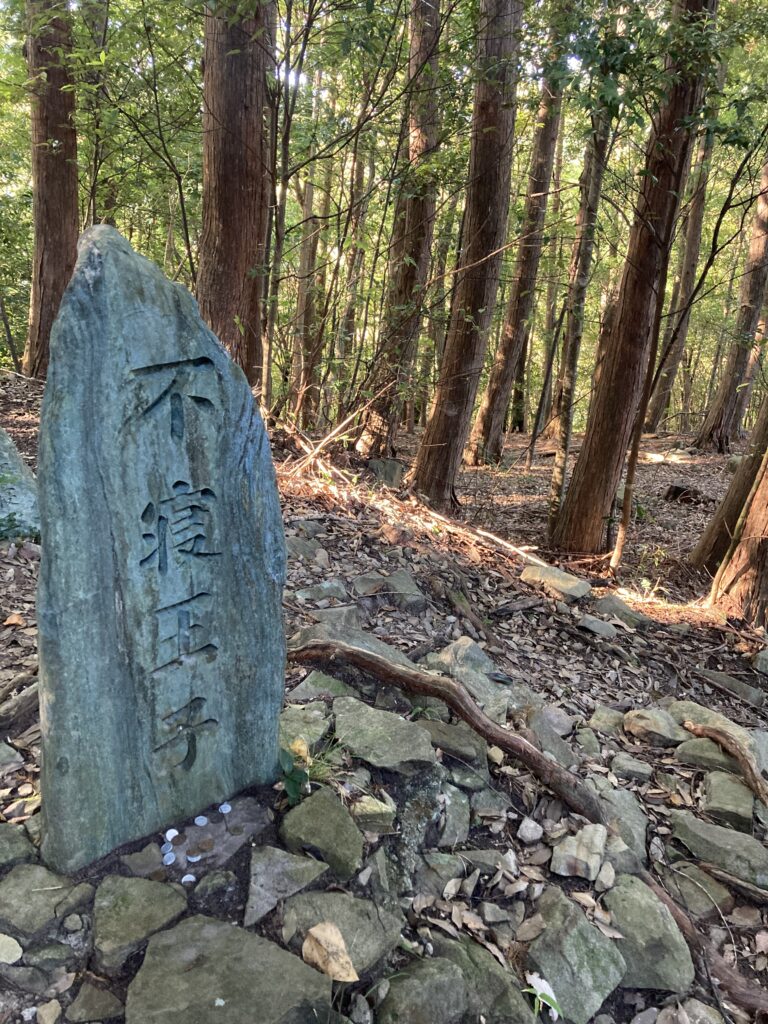
Oji is thought to be the son of Kumano Gongen, and this is also the place of worship for him. Rituals such as offering money to the gods and reading sutras were held here. It is said that there were also times when the shrine was dedicated to traditional Japanese music, dance, and waka performances.
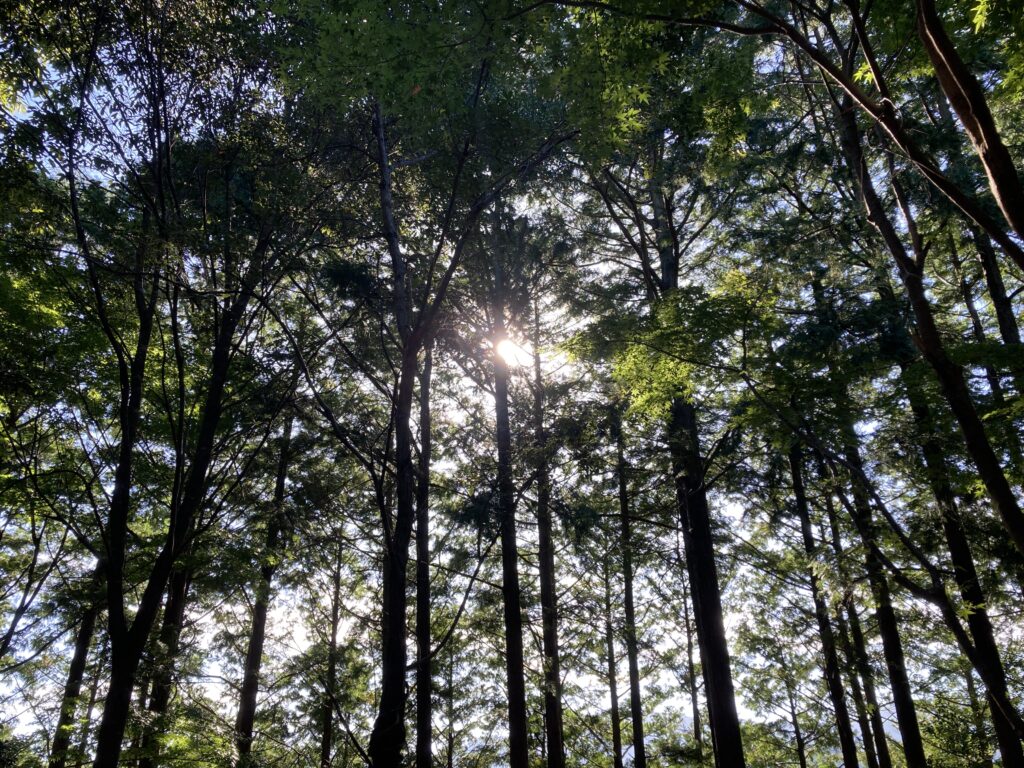
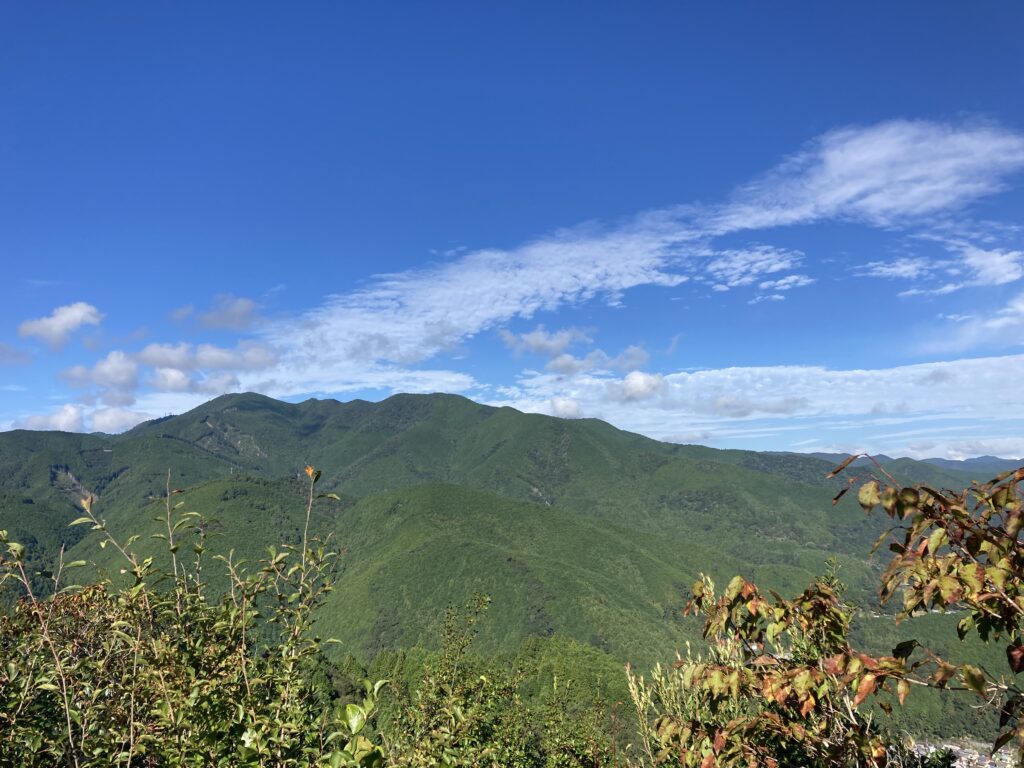
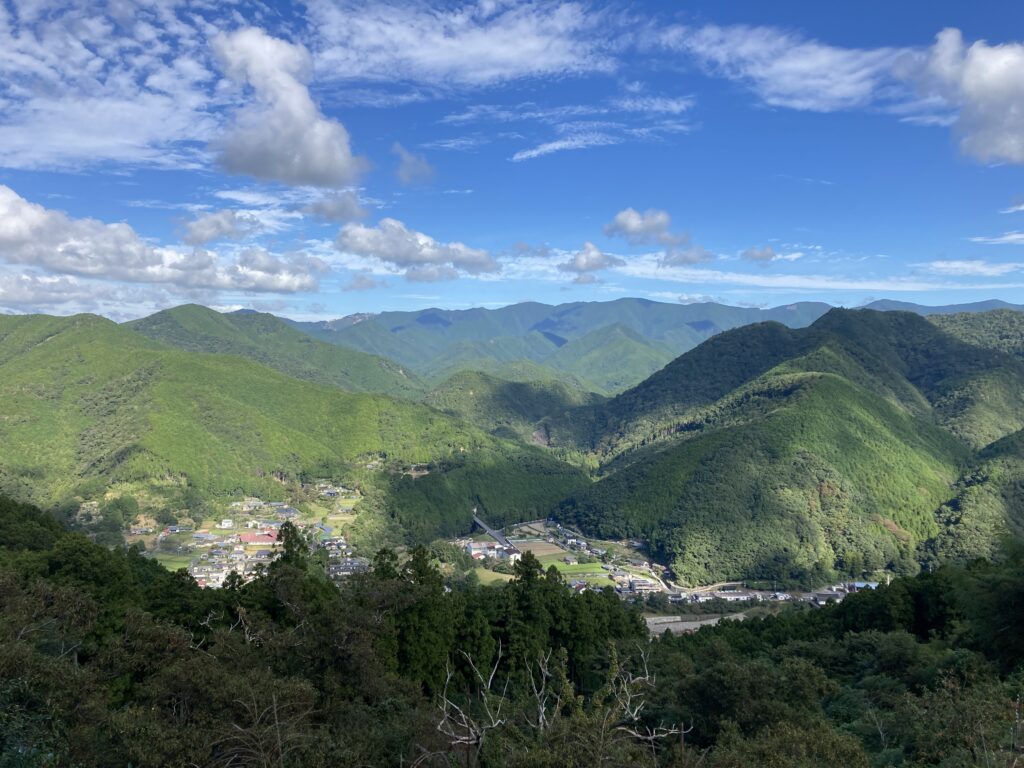
After about two hours of walking, we arrived at Takahara Kumano Shrine.This shrine is relatively new and is not included in the 99 Kumano Oji, but the vermilion-lacquered shrine pavilion was rebuilt in 1403, and is the oldest existing shrine along the Kumano Kodo that still retains the architectural style of the Muromachi period.
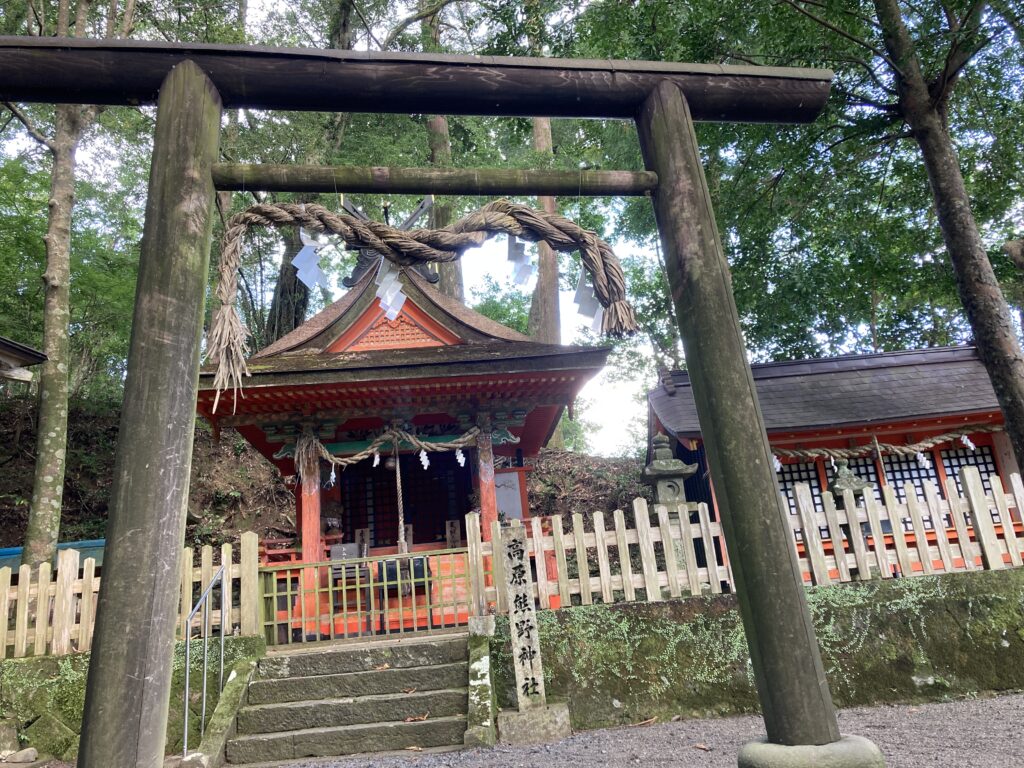
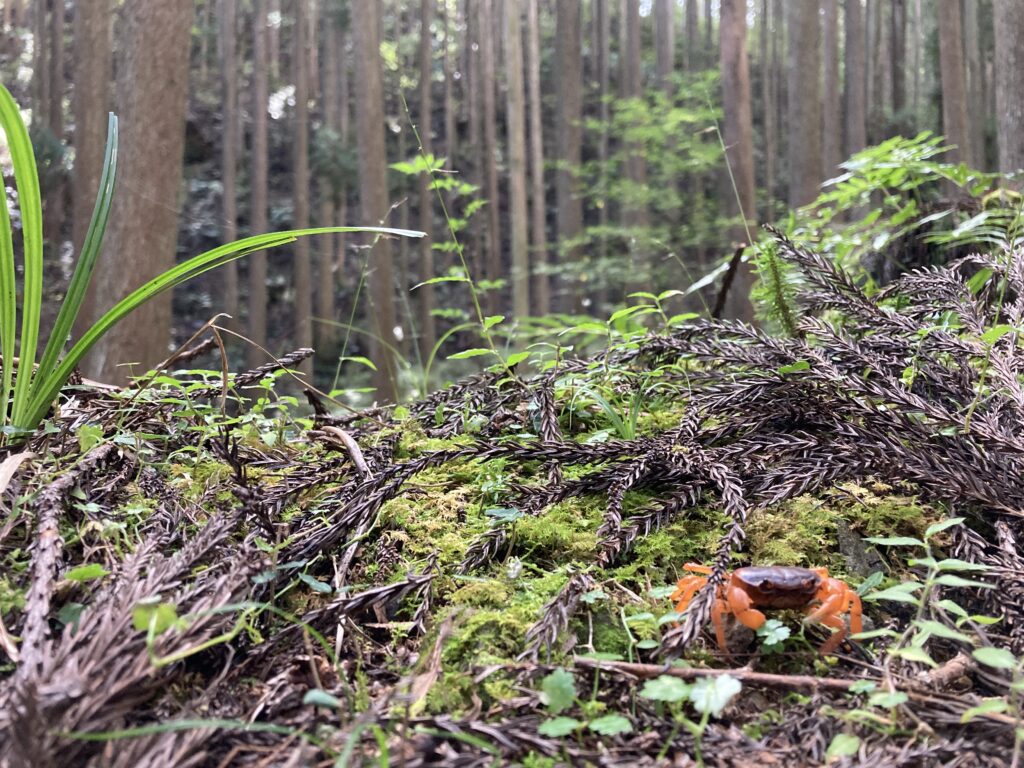
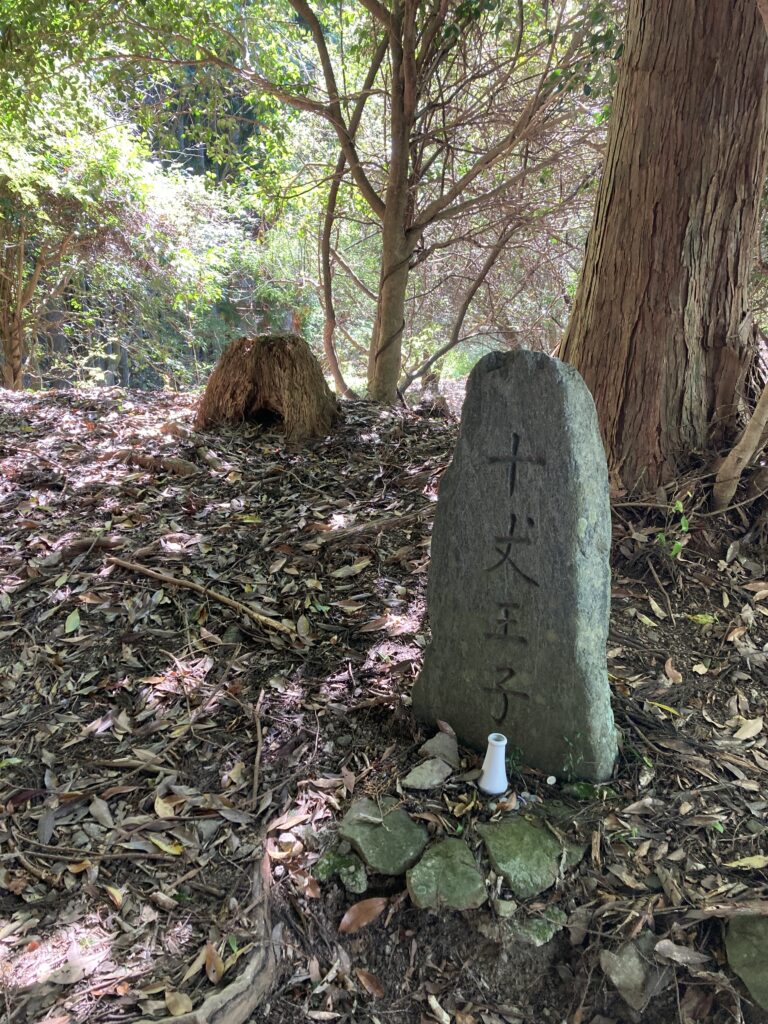
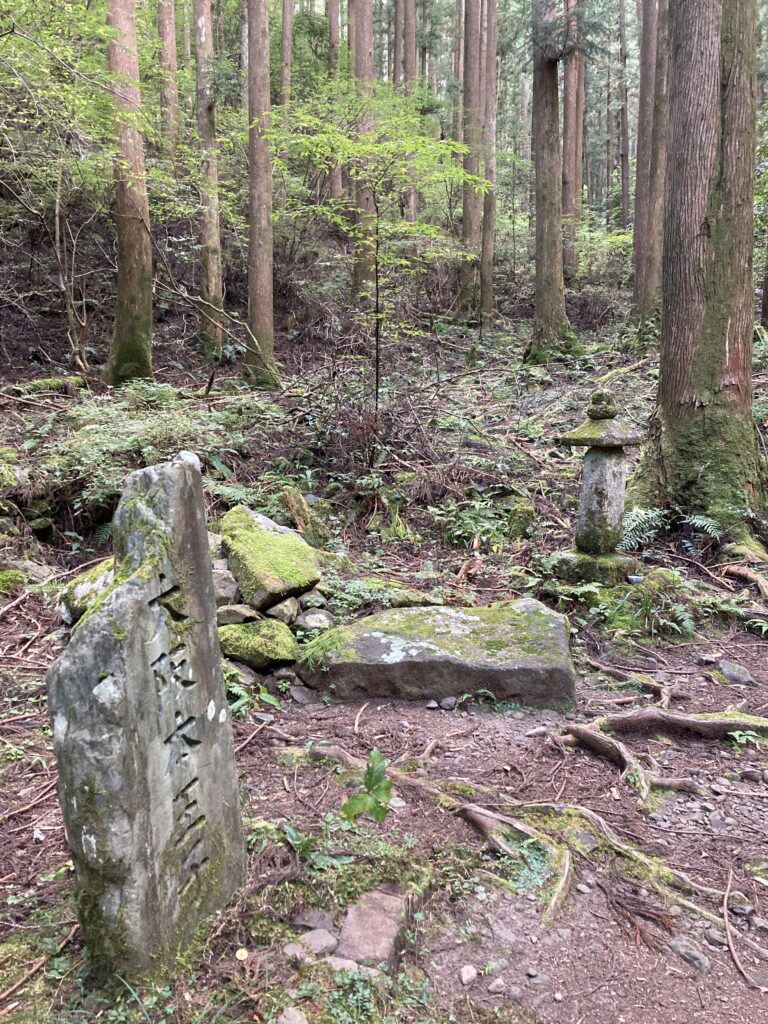
After passing the Daimon Oji, Jujyo Oji, Osaka Hon Oji, and the cute statue of Gyubadohji, you will be able to see…

Soon we will be at our destination for the first day, Chikatsuyu.
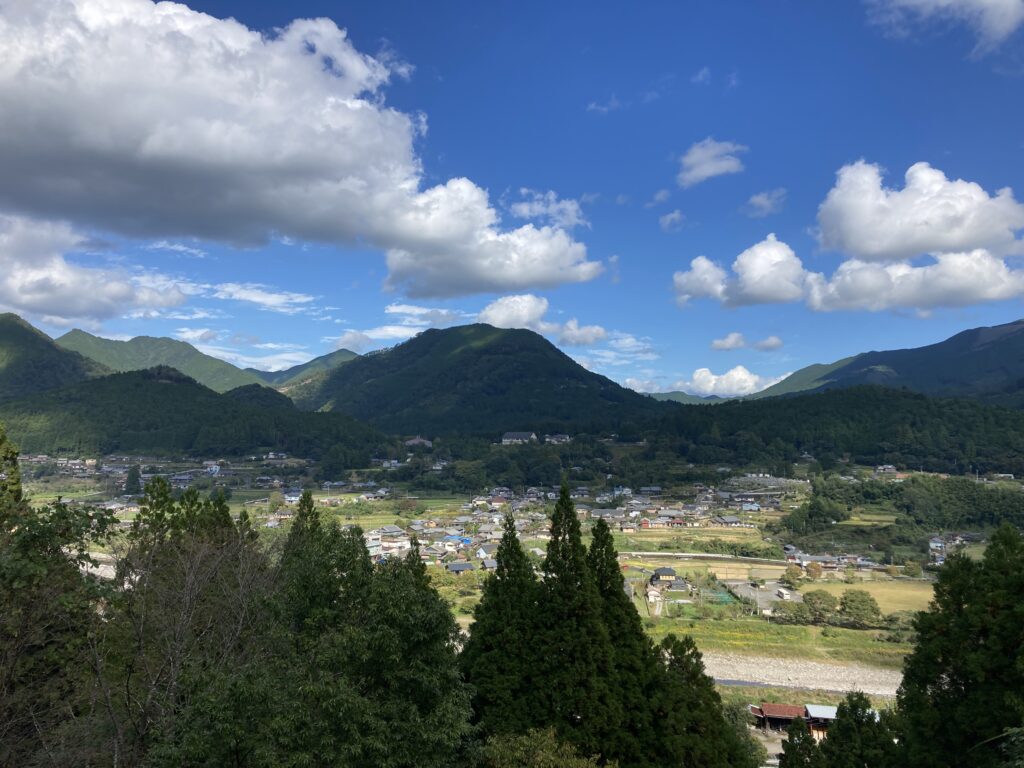
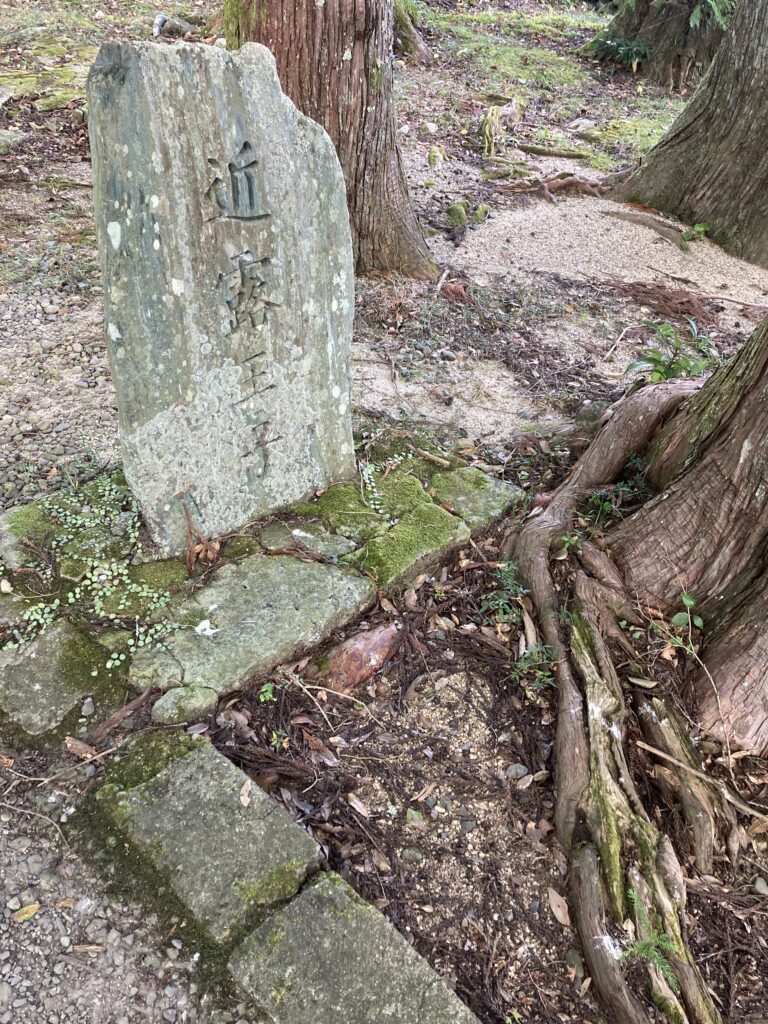
Chikatsuyu, where the temporary palace of Emperor Go-Toba is said to have been located, prospered in the Edo period as an important stop on the pilgrimage to Nakaheji and as an inn town, and even today there are several inns and guest houses, making it relatively easy to get accommodation. So we also rested here.
We finished the first day with a hot spring bath, dinner that soaked our tired bodies, and homemade plum wine.
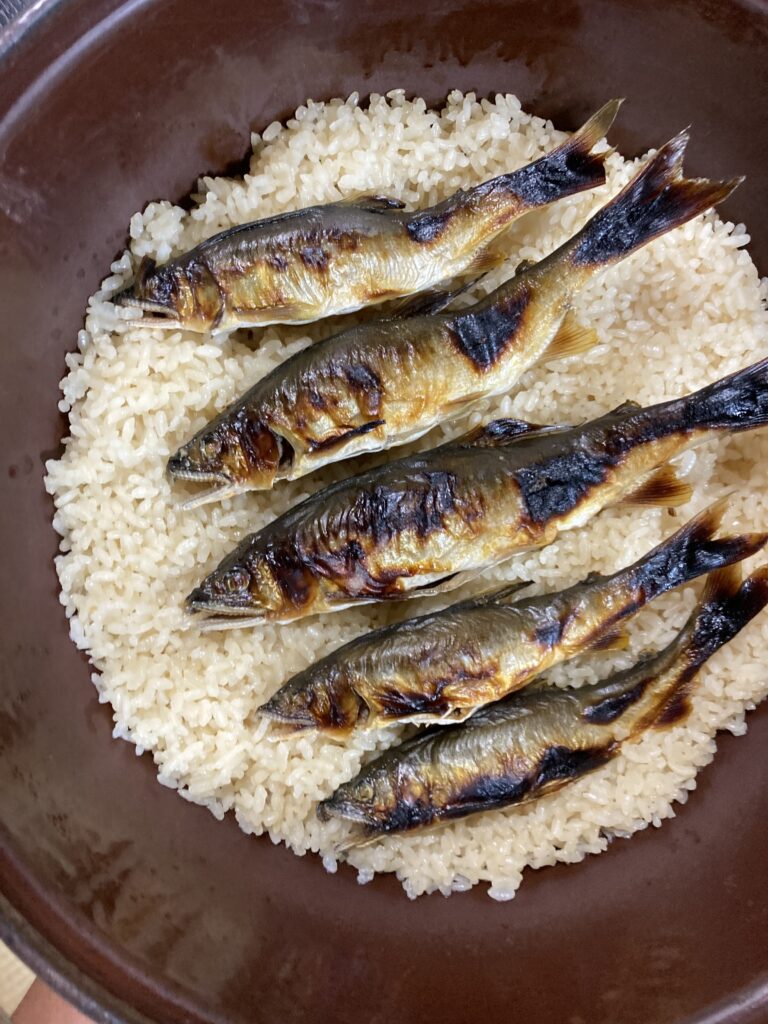
This was the longest day of the trip. Unless you want to follow the old small shrines all the way, you may better to take a bus from here to Hoshinmon Oji.
We left early in the morning to complete the walk.
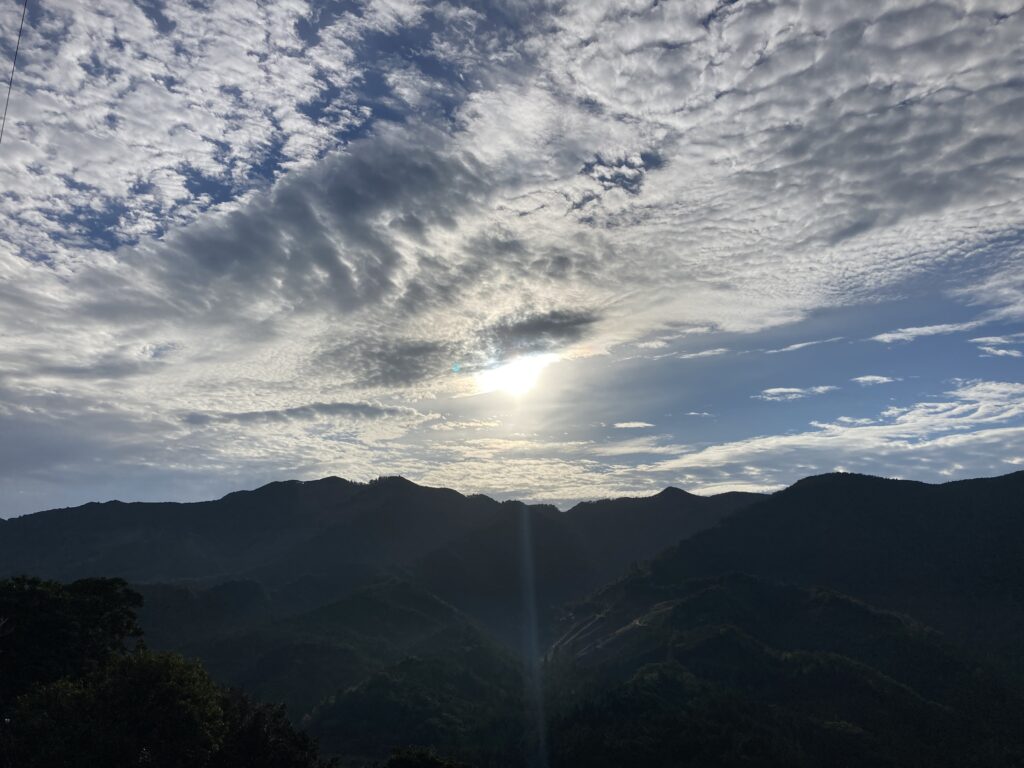
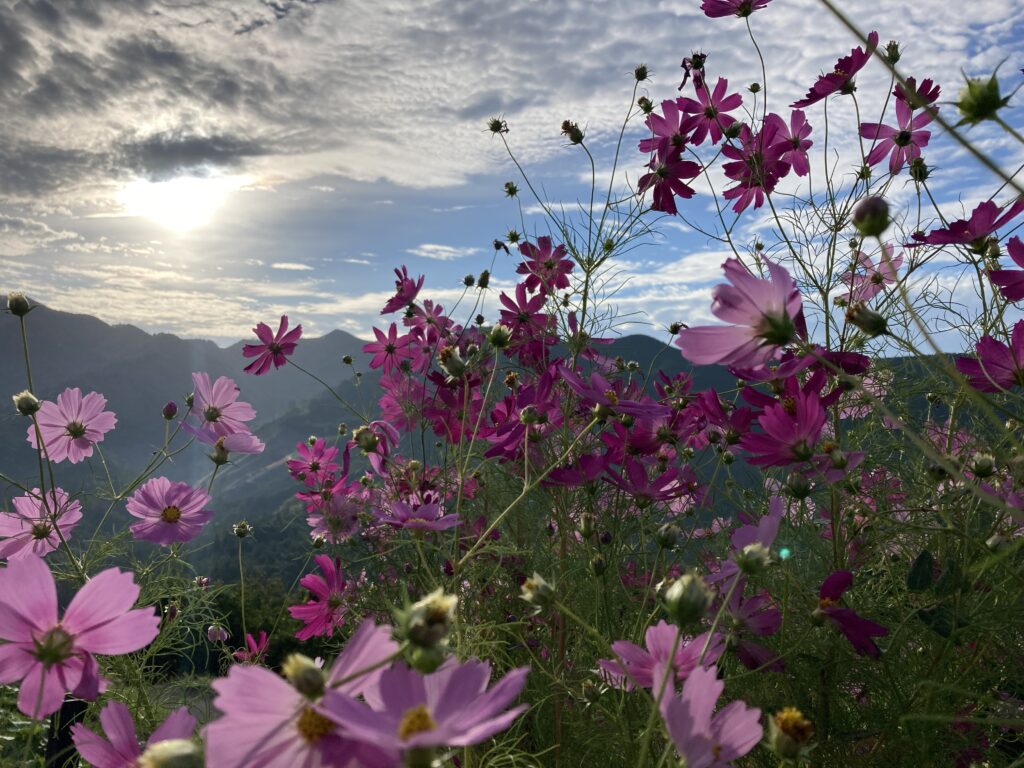
We crossed over the Hisohara Oji and the Tsuki-zakura Oji, which is lined with huge cedar trees estimated to be about 800 years old,
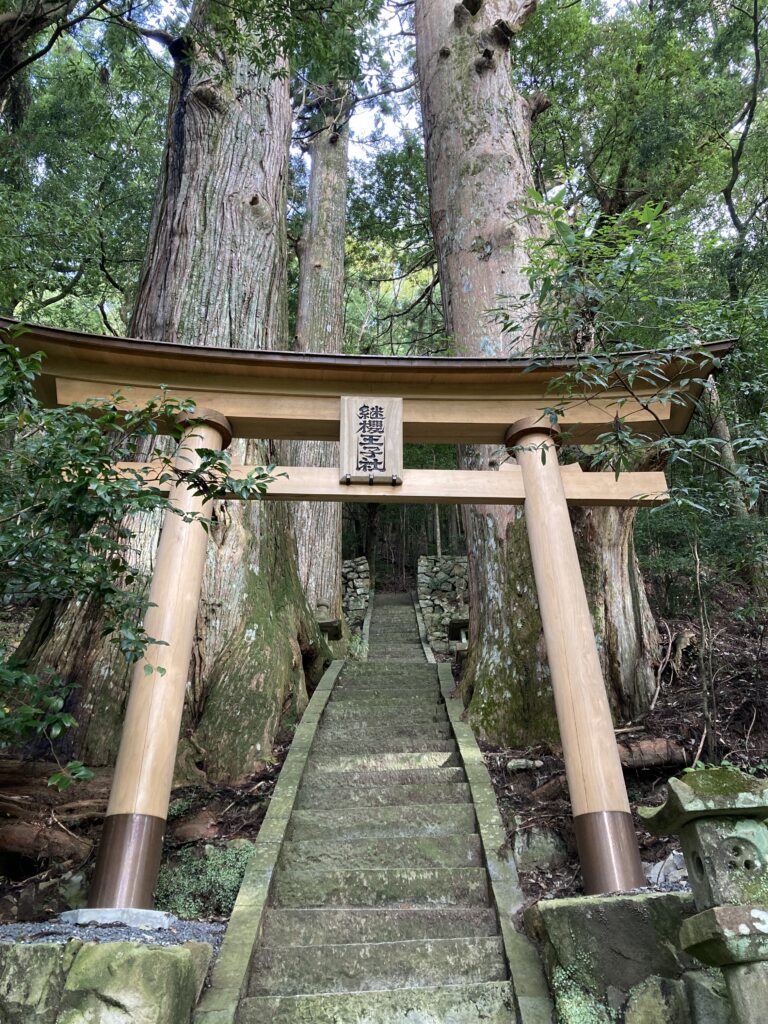
After passing by Nakagawa Oji (formerly known as Nakanokawa Oji), Kobiro Oji, and Kumasegawa Oji, we entered a section where the road collapsed due to Typhoon No. 9 in 2011, forcing us to make a detour.
This detour section of the pass was quite difficult.
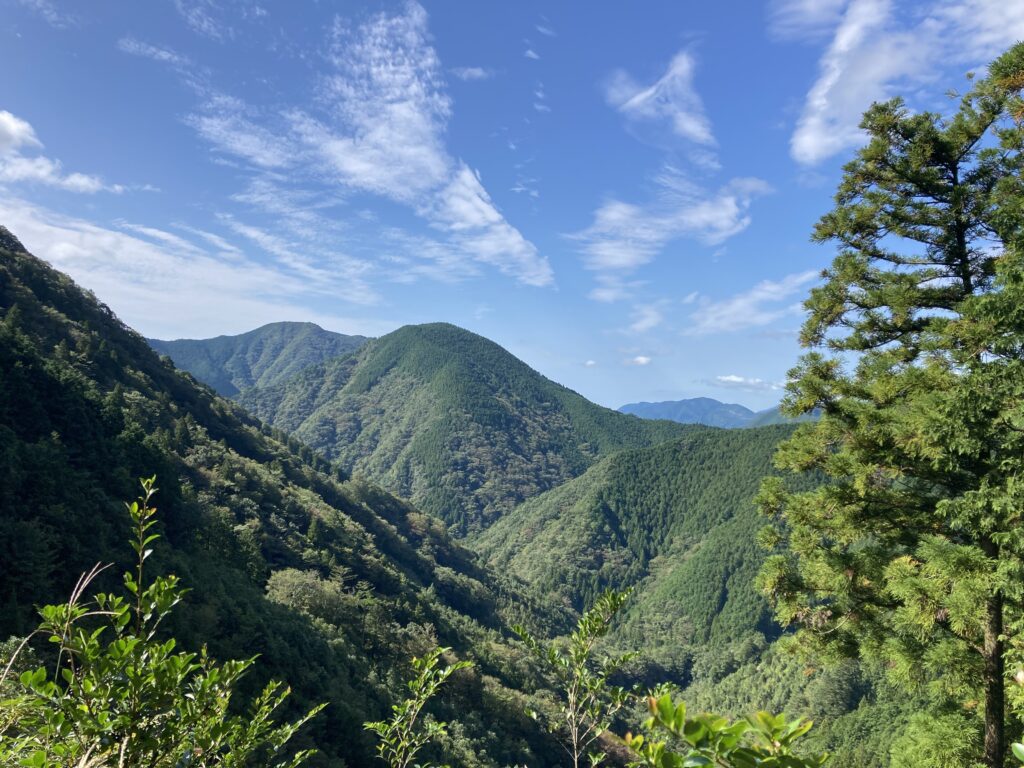
We finally crossed a large mountain pass and descended all the way down, ending the detour and joining the old road at Jagata Jizo, but by this point we had exhausted a lot of energy.
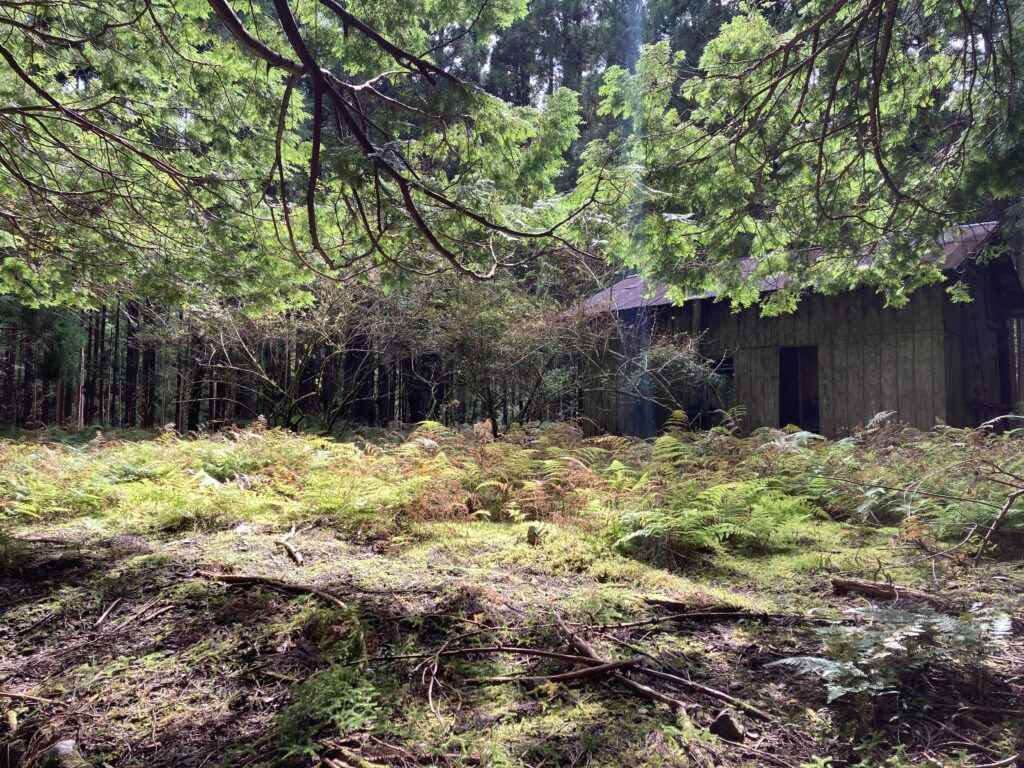
After crossing the Yukawa Oji, which is a little gloomy and dark, we climbed steeply again. There is a small pavilion with toilets at Mitsukoshi Pass, so we took a long lunch here to recover our energy before continuing on.
(By the way, there are no houses in this section all the way, so if something happens, you won’t be able to call for help right away, so please be aware of that…)
At this point, we were about halfway through today’s itinerary in terms of distance. However, there was still another half to go…
But from there on, it’s a long way, but mostly downhill.
After passing Funatama Shrine and Inohana Oji, we climbed the last steep slope, Takkun-zaka, to reach Hoshinmon Oji, the entrance to the sacred area of the main shrine. This is the last part of the walk to the main shrine, and is very popular with many people who walk the ancient road of Nakahechi only from here to the main shrine.
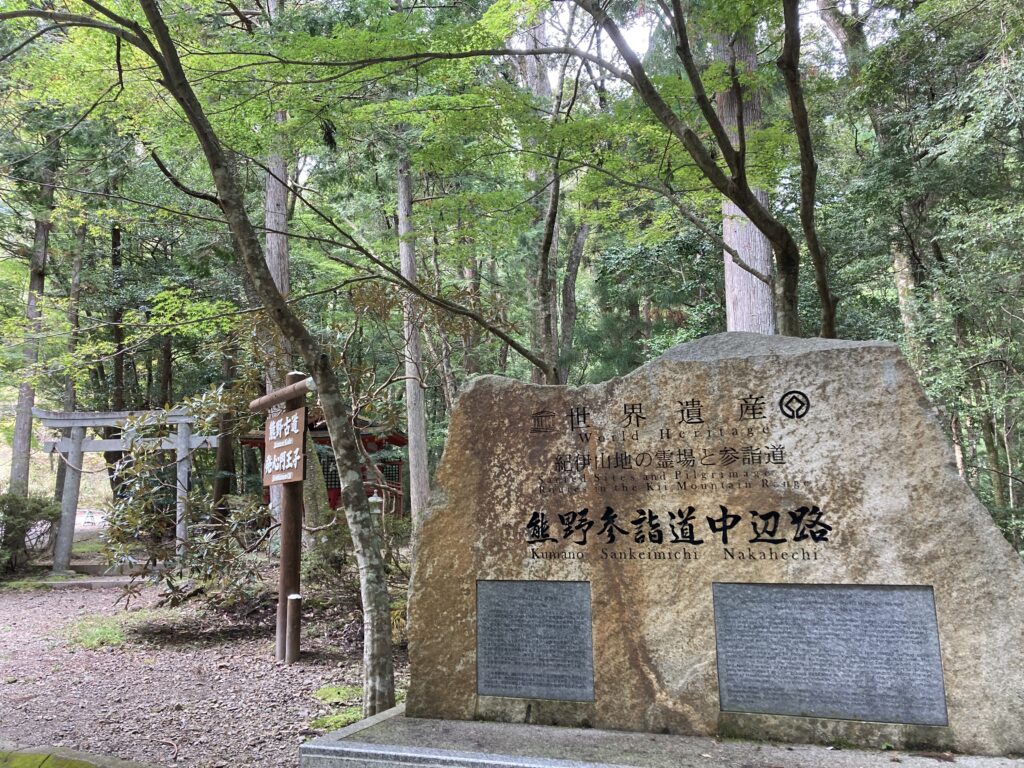
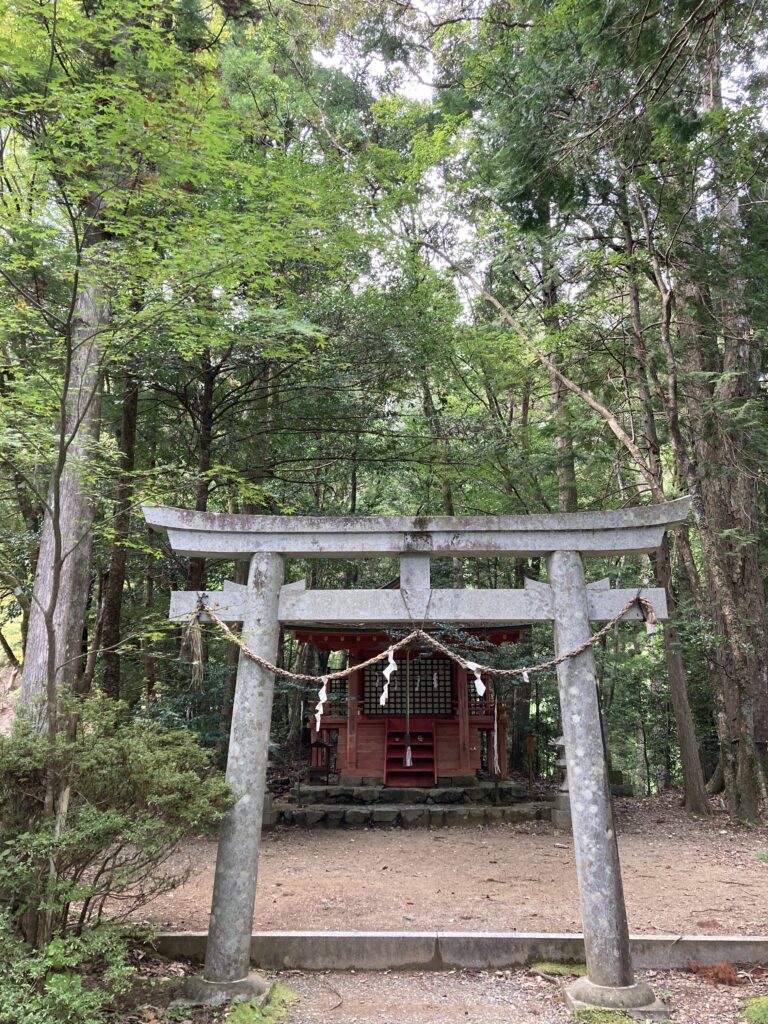
From here, you can see Oyunohara, where the Kumano Hongu Taisha Shrine used to be located, and it is said that the name comes from the fact that after a long journey, pilgrims were so impressed by the Hongu Shrine that they finally saw it and prostrated themselves in worship.
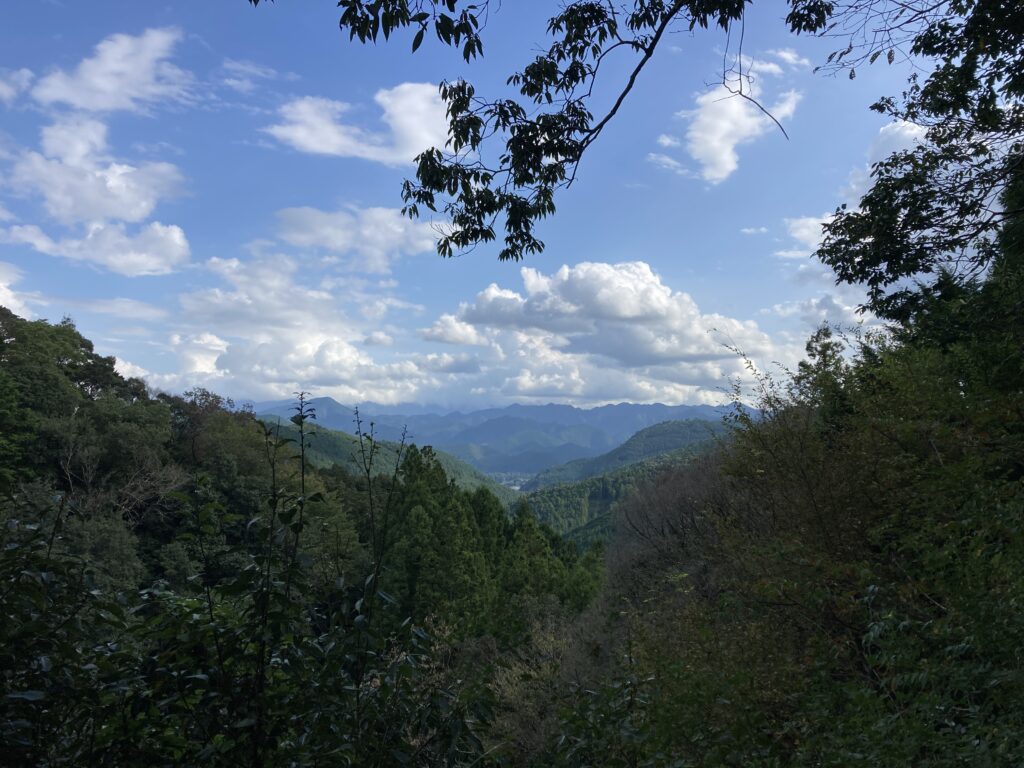
From here to the main shrine, we had about 4 kilometers left. “Almost there. Just a little more.” I kept telling myself, and as I walked with all my strength, I saw a sign that said, “A little bit closer to the observatory” It’s easy to think, “I’m too exhausted to make a detour”, but it’s definitely worth it.
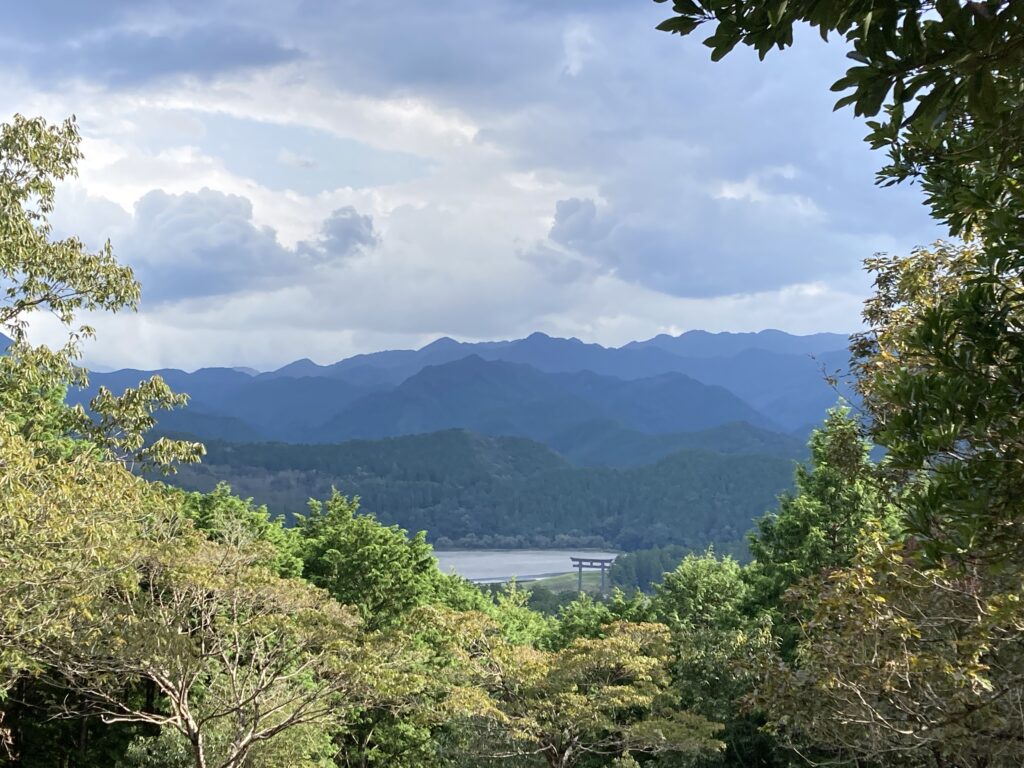
The view from here is very impressive. We could clearly see the Otorii gate of Oyunohara below us. We took our last break here to take in the view, and then descended to the main shrine.
After passing the last Haraidooji, you will see the torii gate at the back gate of Kumano Hongu Taisha.
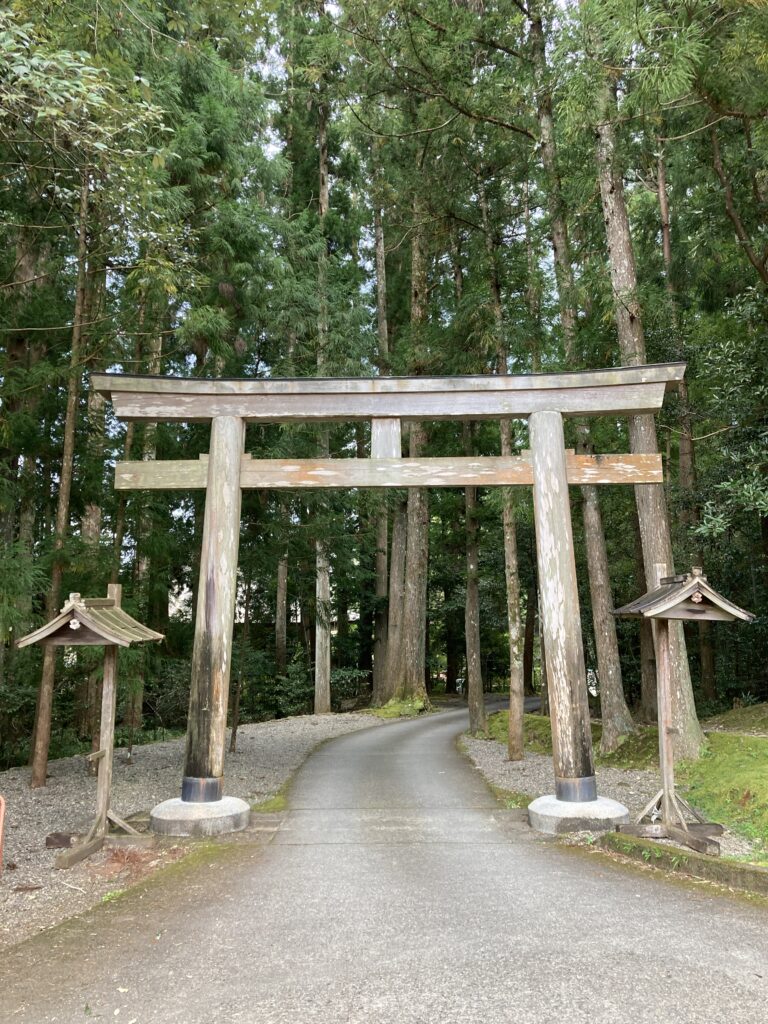
When I finally arrived at the main shrine, I was very impressed.
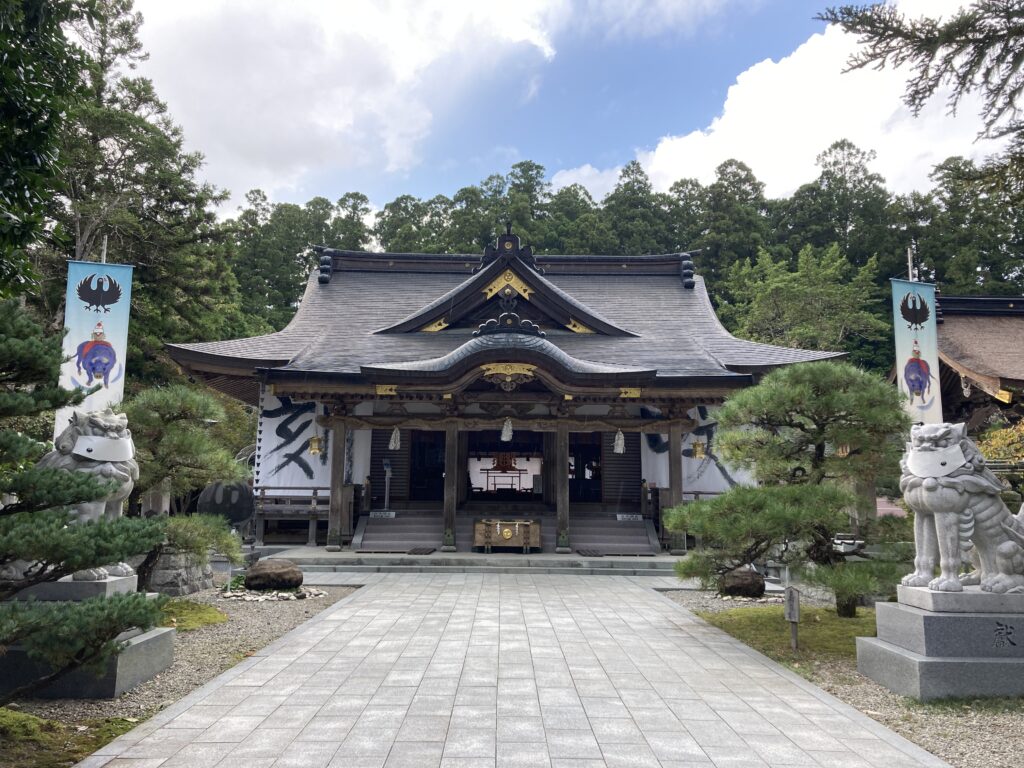
Our itinerary this time included time for sightseeing the next day, so we went straight to the inn to rest our bodies exhausted from the long walk.
We decided to take this day off to rest our bodies and start a short trip from noon, so we started sightseeing in the morning.
Oyunohara is the former site of the Kumano Hongu Taisha shrine, which was built by Emperor Sujin in 33 B.C. before the shrine buildings were washed away in a flood in 1889. The Otorii gate there is the tallest in Japan at 34 meters high and 42 meters wide.
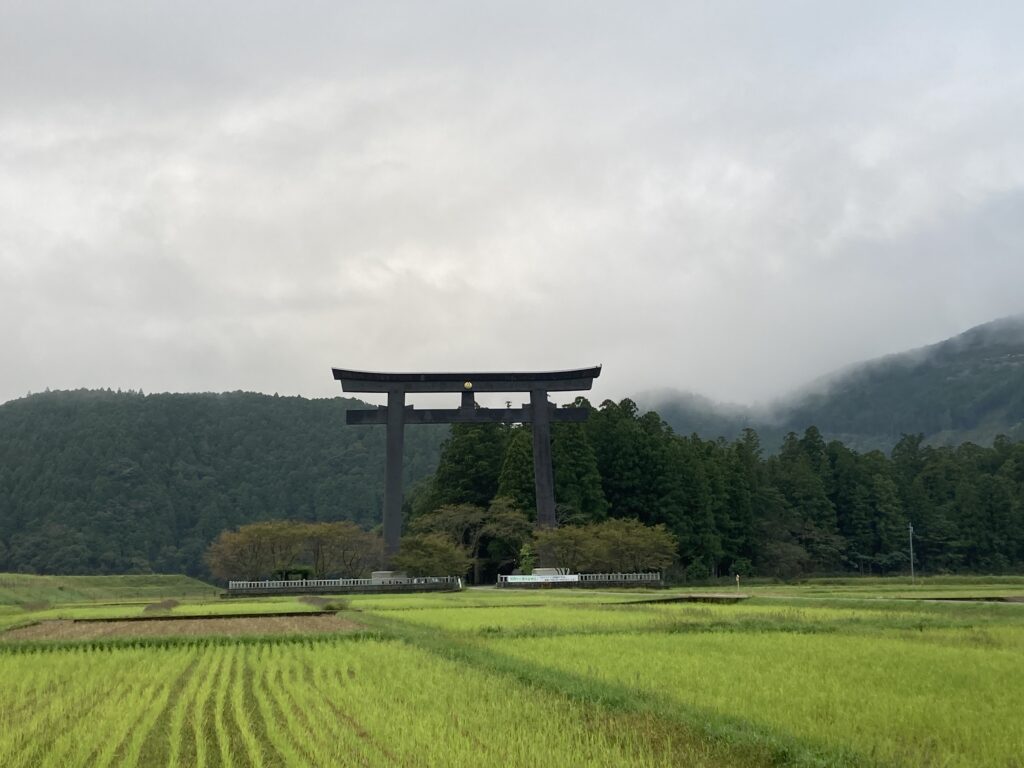
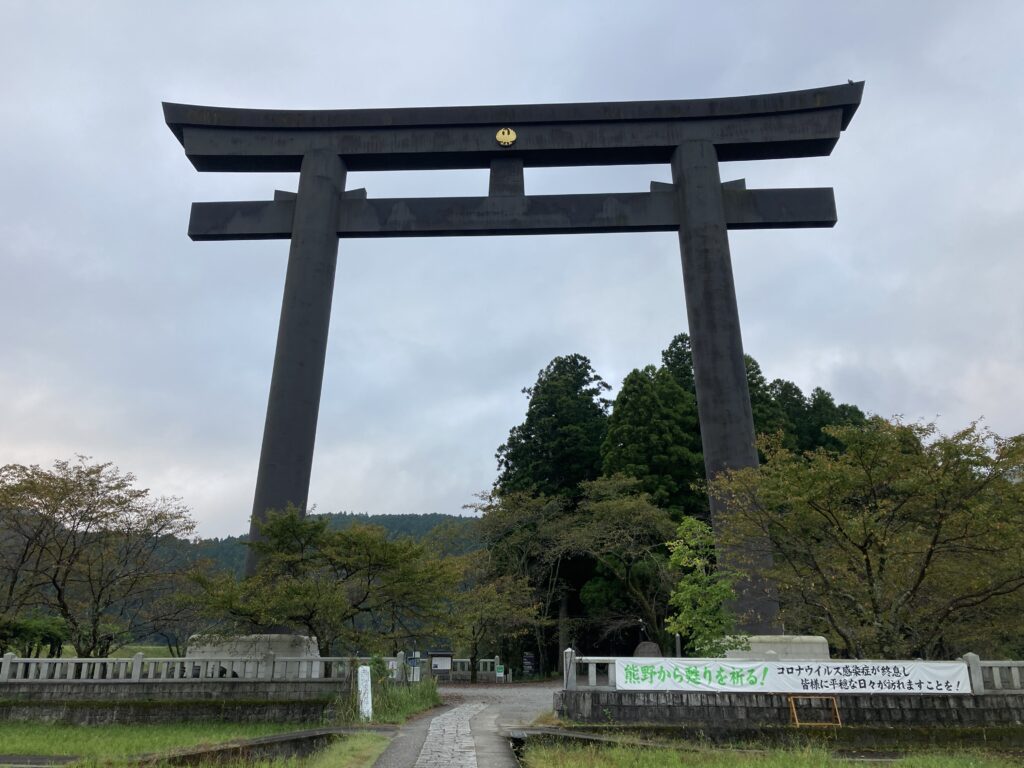
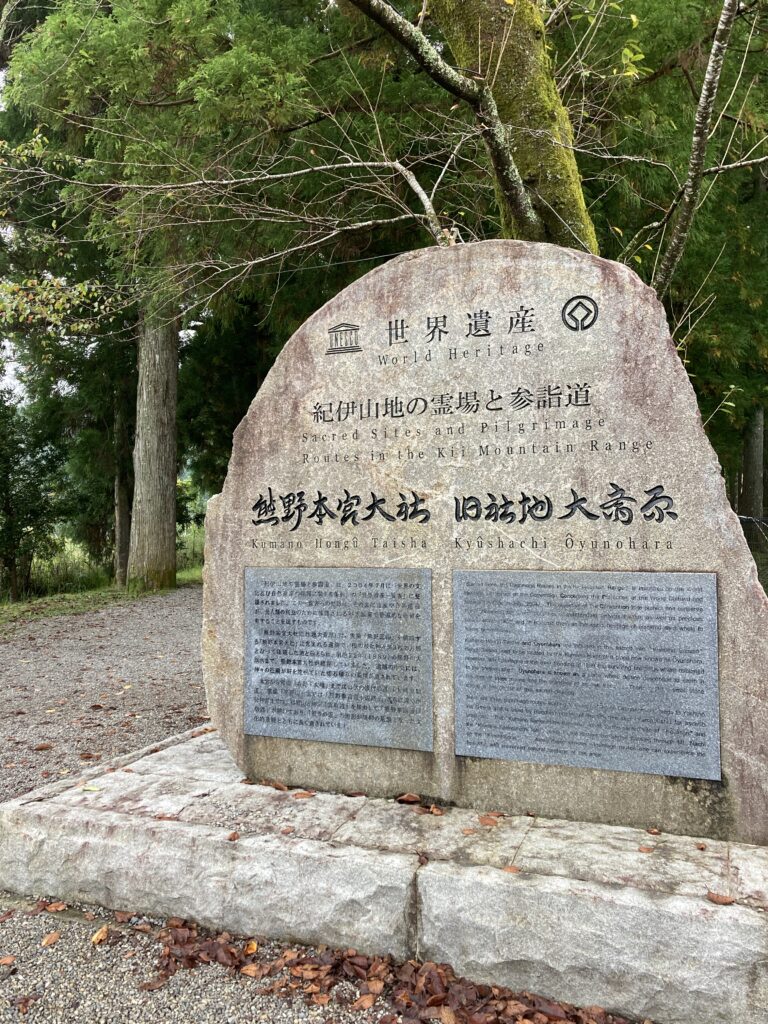
Photography is prohibited after passing through the Otorii Gate, as it is a sacred area.
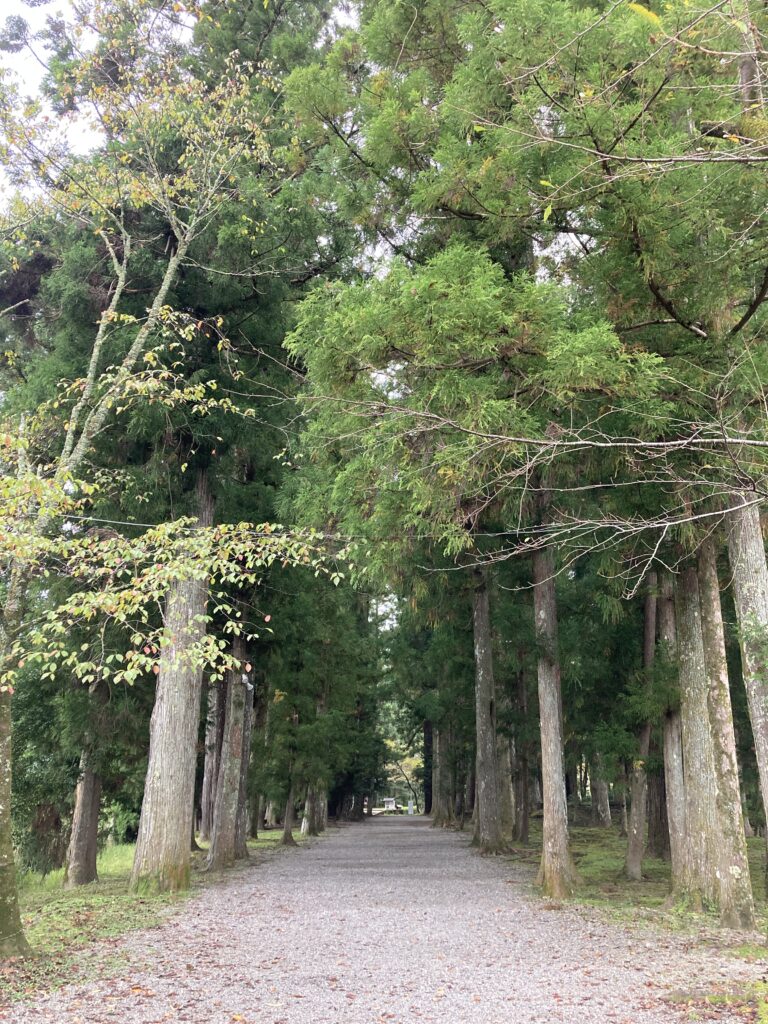
The Kumano Hongu Taisha Shrine is the main shrine of the approximately 4,000 Kumano shrines in Japan, and the center of Kumano, which is worshipped as a “sacred place of revival”.

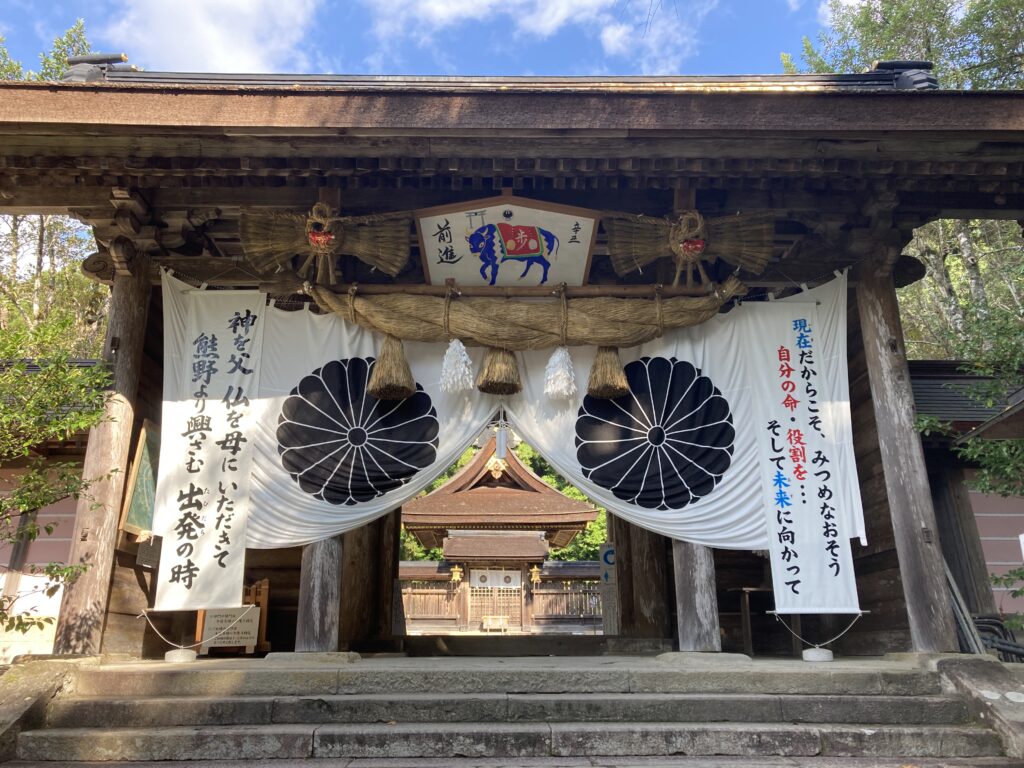
After taking the time to pay our respects, we crossed the 3.4 km, 1.5 hour mountain road called “Dainichigoe” and headed for our destination for the day, Yunomine Onsen.
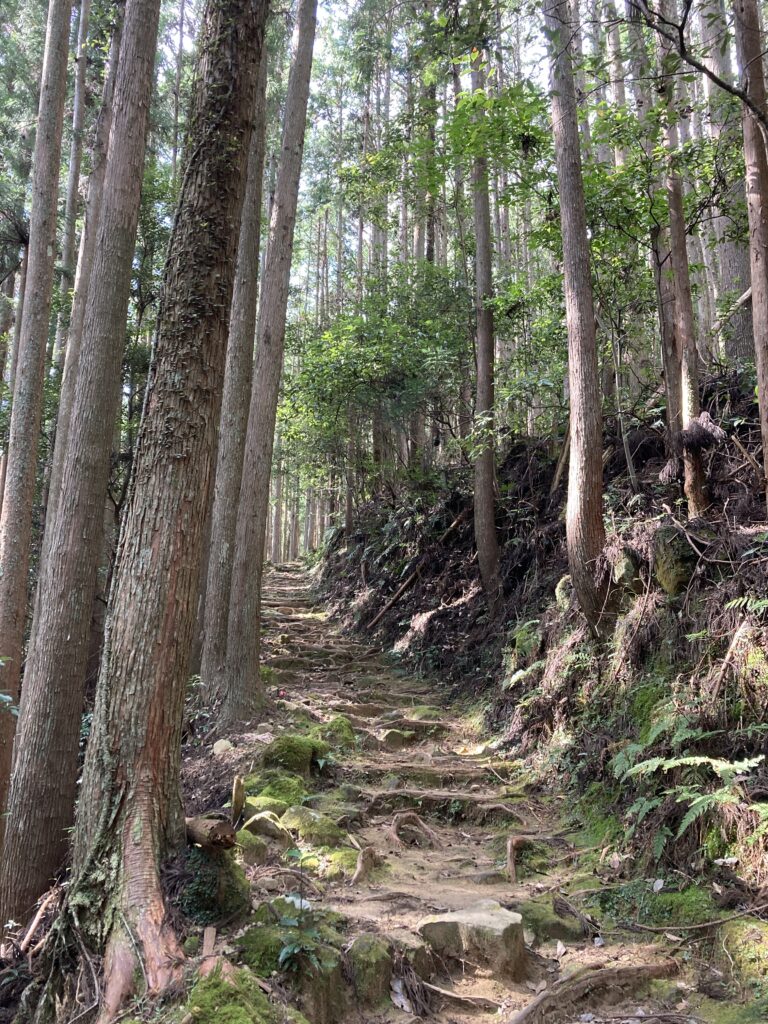
The hot spring was discovered in the 4th century and has been in operation for 1,800 years.
It is said that successive emperors stopped by Yunomine Onsen on their way to Kumano, and it is loved as the oldest hot spring in Japan. On this day, we were also healed by this hot spring, which has been used since ancient times to purify the sacred ground and heal the fatigue of travel.
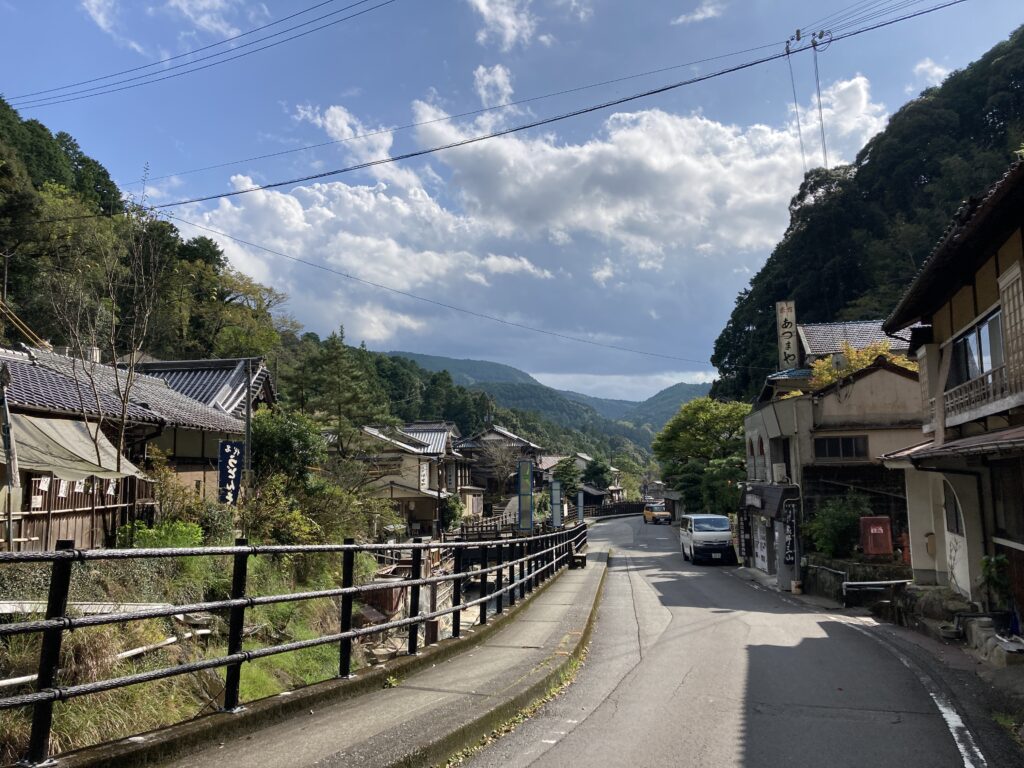
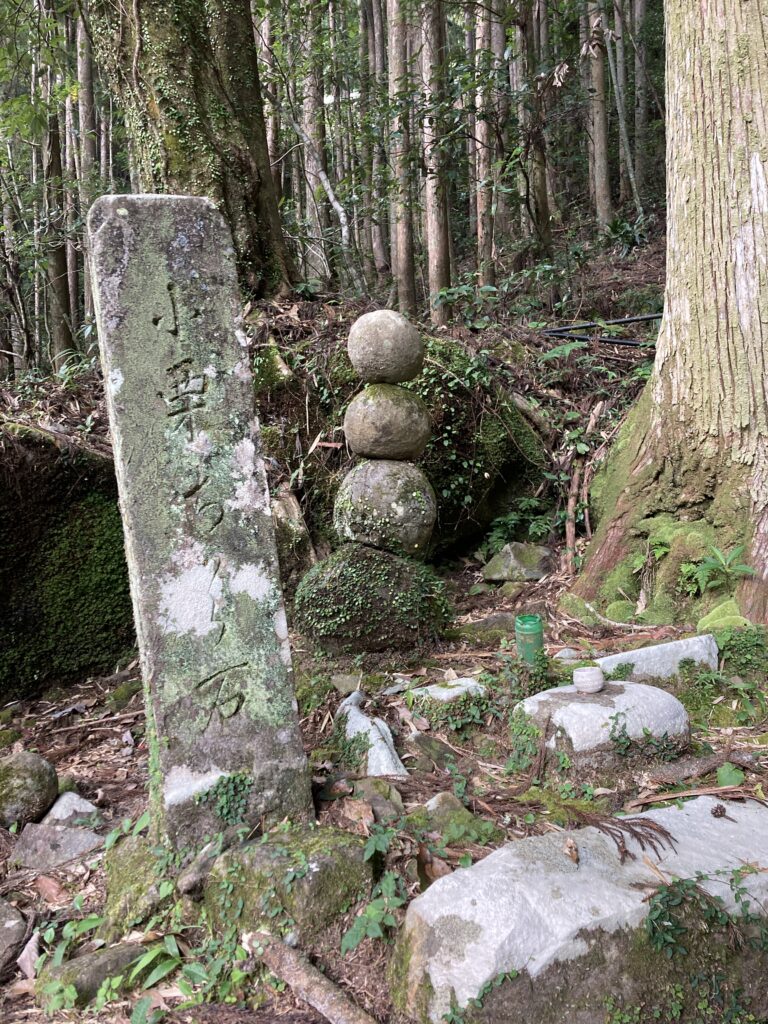
Tsubo-yu, a natural hot spring rock bath, is a world heritage site registered as part of the pilgrimage route.The baths are small enough to accommodate only one person at a time, but now that there are few tourists in covit-19 situation, we were able to get in right away without waiting.
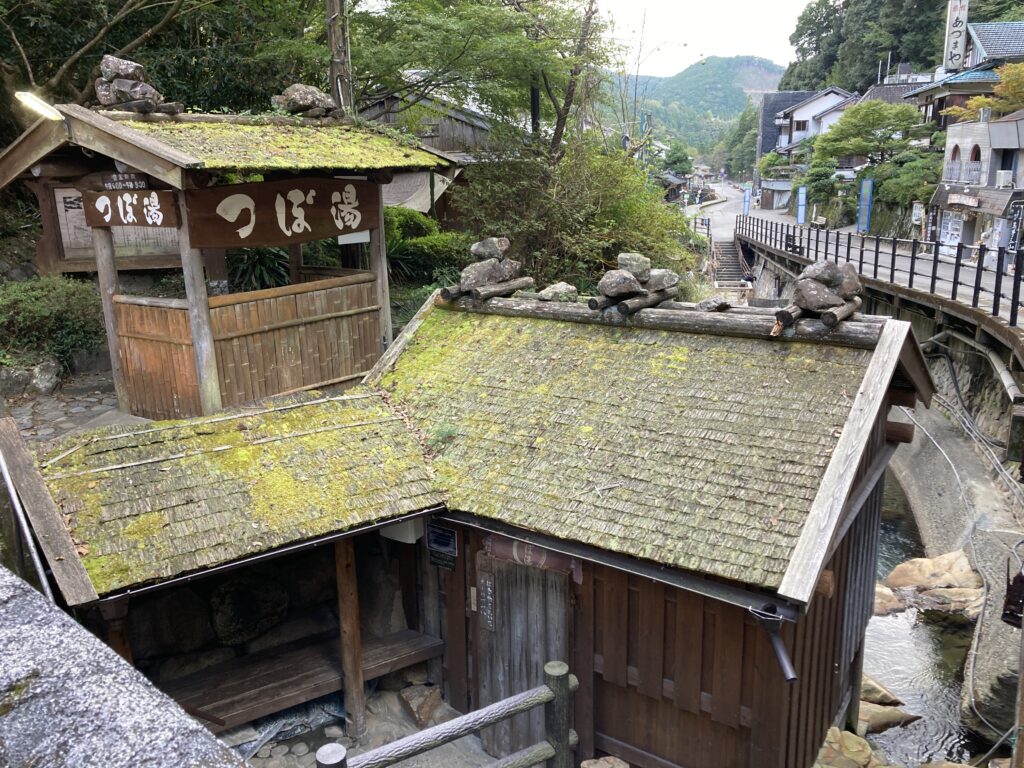
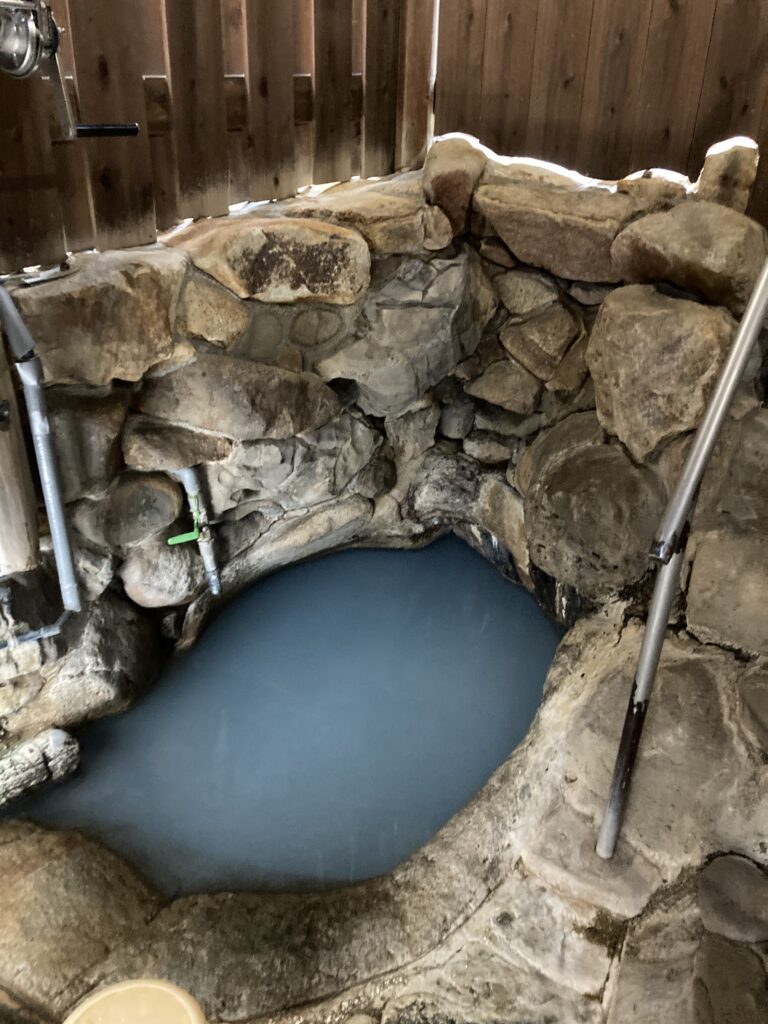
We were taken care of by Azumaya, a long-established ryokan.
It is a traditional ryokan where the hot water is used for festivals, and is also famous for its steam bath.
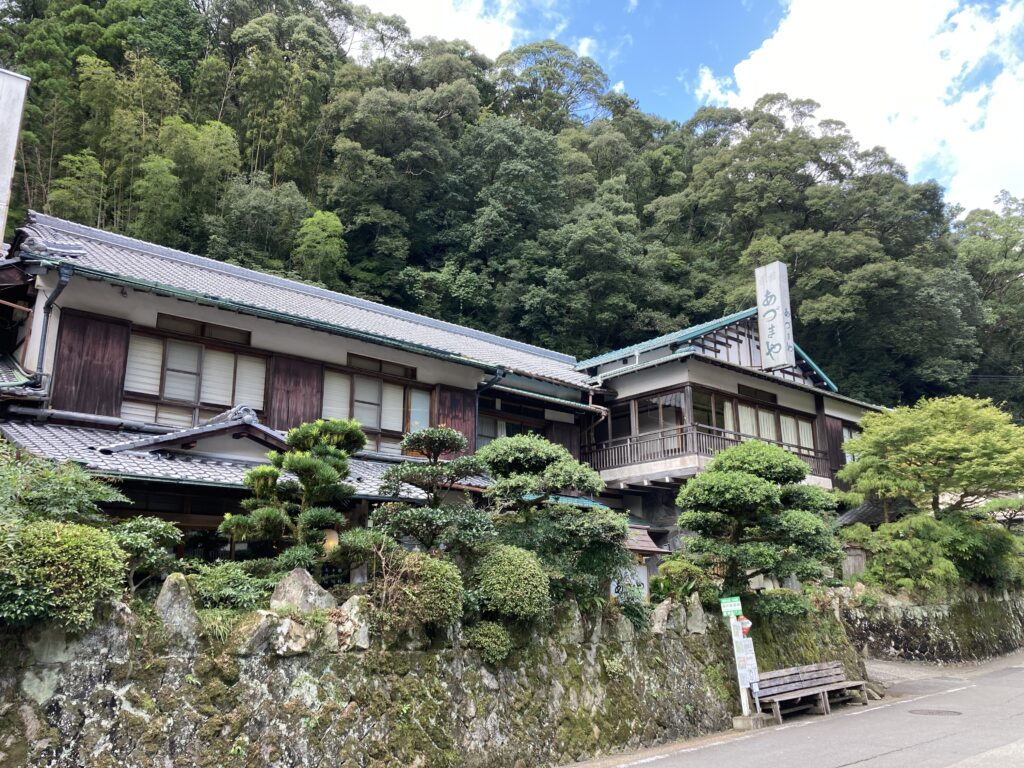
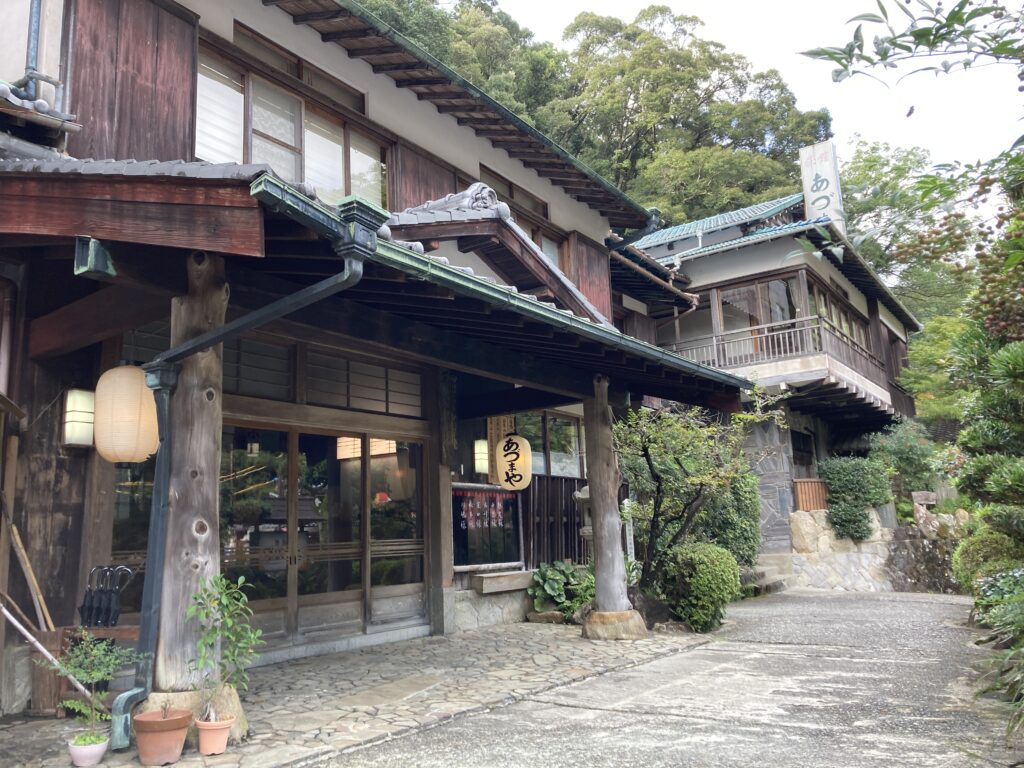
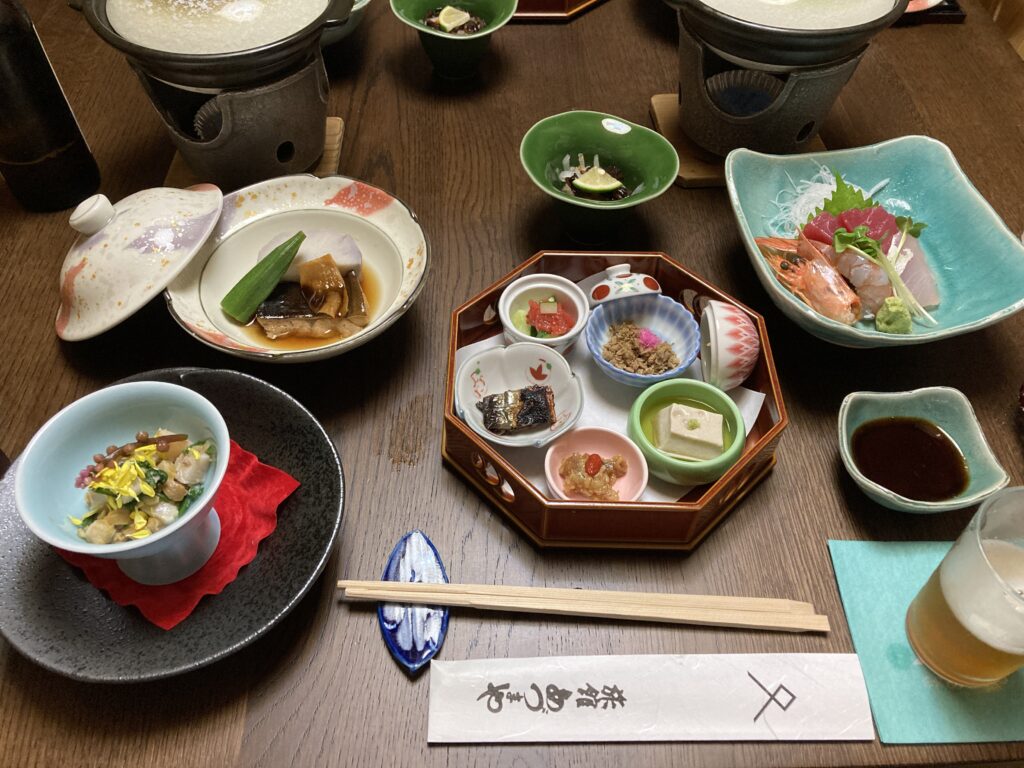
The hot spring resort at night, with its steamy atmosphere, is even more quaint and emotional.
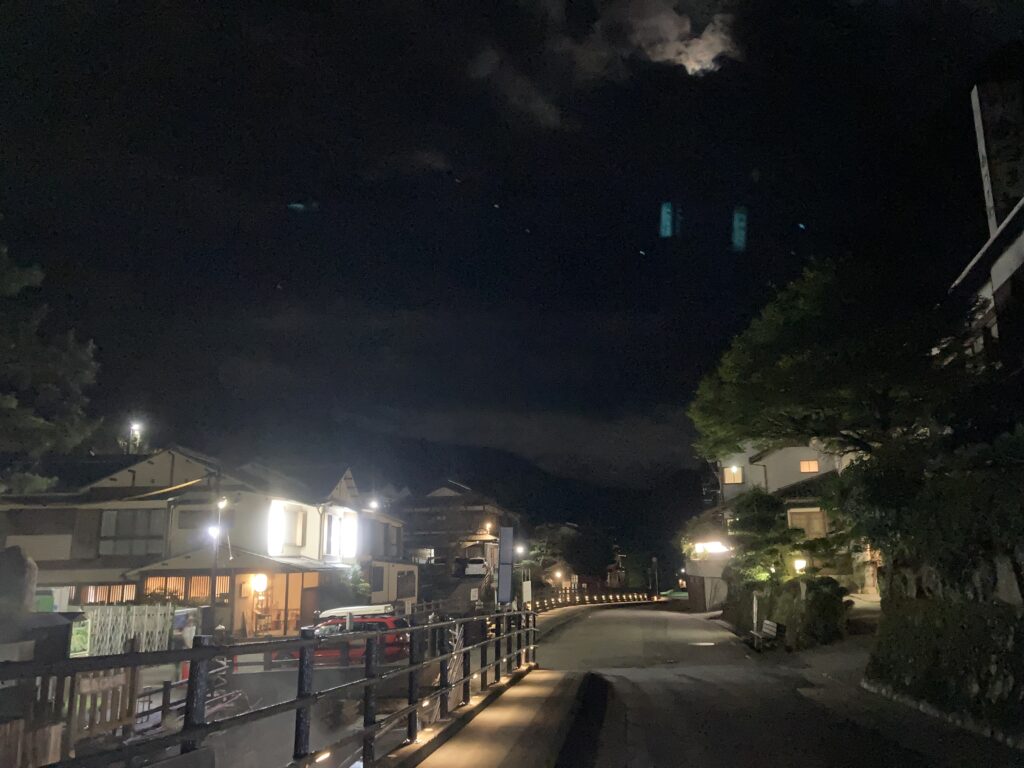
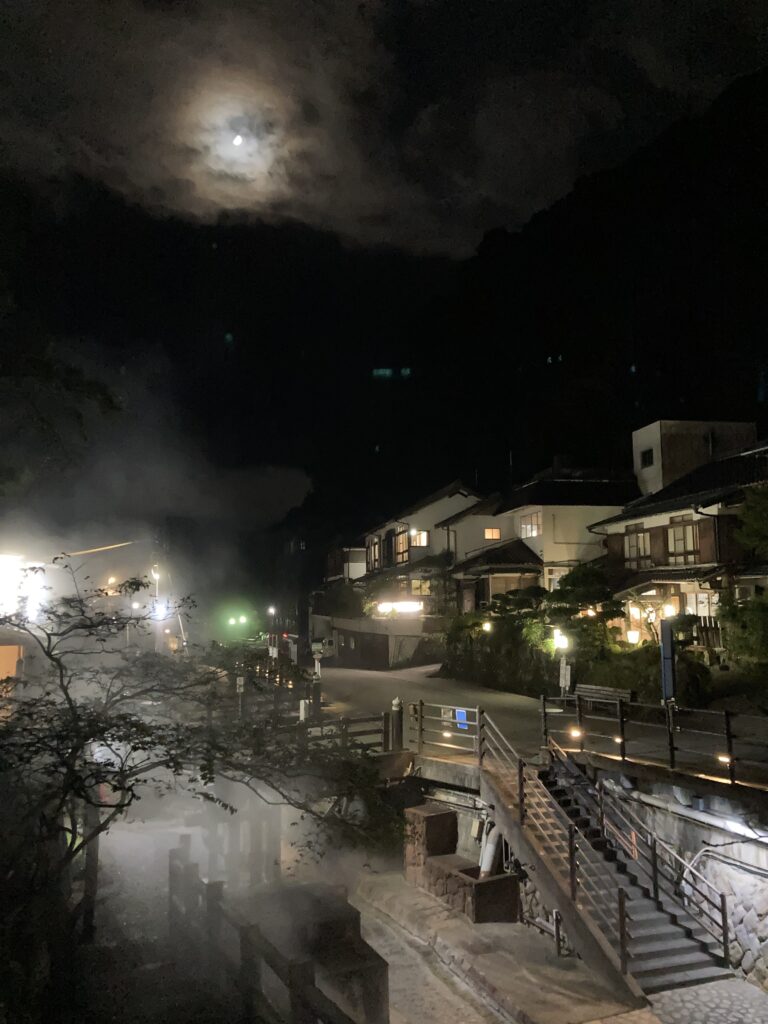
To be continued part 3
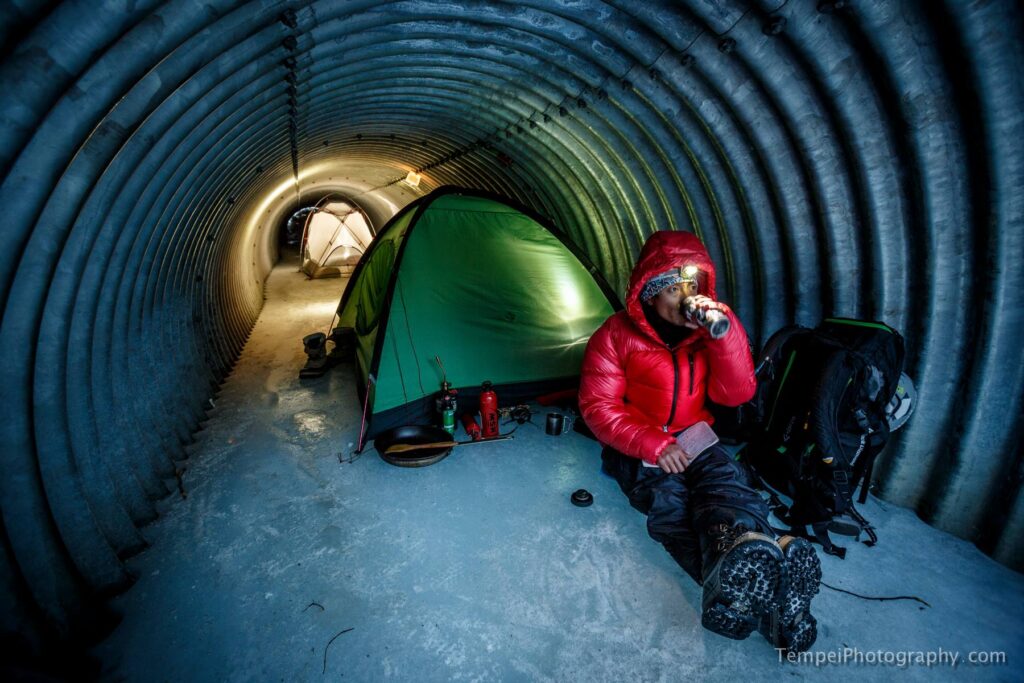
Blog:https://ameblo.jp/rikistyle/
Instagram:https://www.instagram.com/rikinakajima/
Guide Company HP for Winter :https://rikijg.com/jp/
Guide Company HP for Green Season :https://www.rikijapowguide.com
Born in Shiga Prefecture in 1981. While studying in Whistler, Canada, he became a certified CSIA instructor and the first Japanese freeski instructor to receive the CFSA freeski instructor certification. After returning to Japan, he expanded his activities to include backcountry skiing in addition to participating in numerous freeskiing competitions. For the past few years, he has been working at Tomamu Ski Resort in Hokkaido, giving ski lessons, guiding, managing events, and acting as an MC. He also travels abroad every spring to try his hand at high adventure mountain climbing, and expresses his experiences through videos, photos, and events. He is the representative of the guide company “RIKI JAPOW GUIDE”.